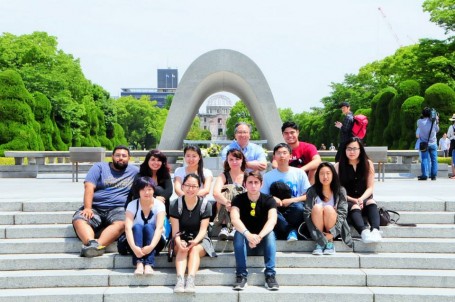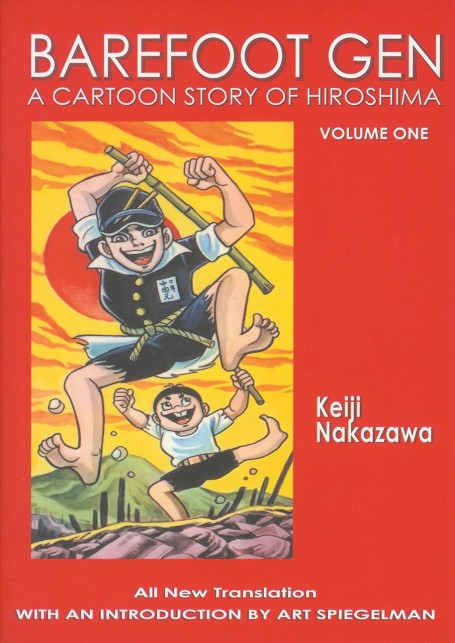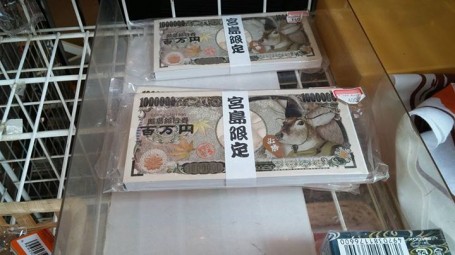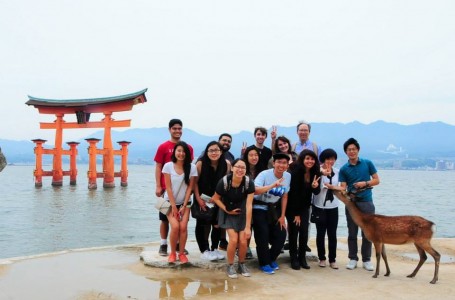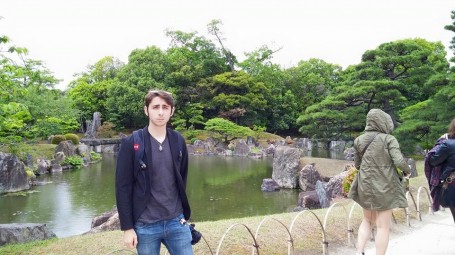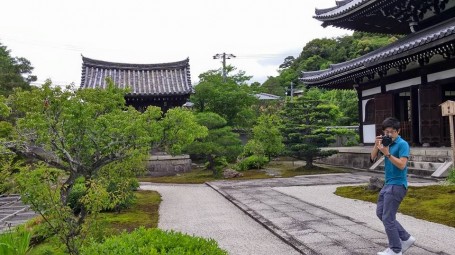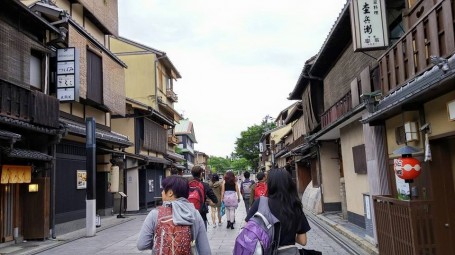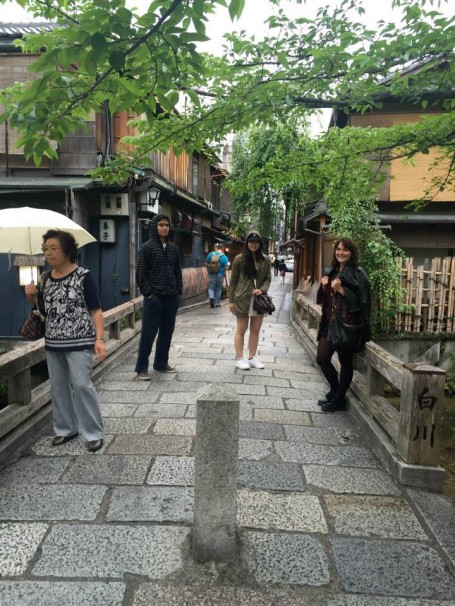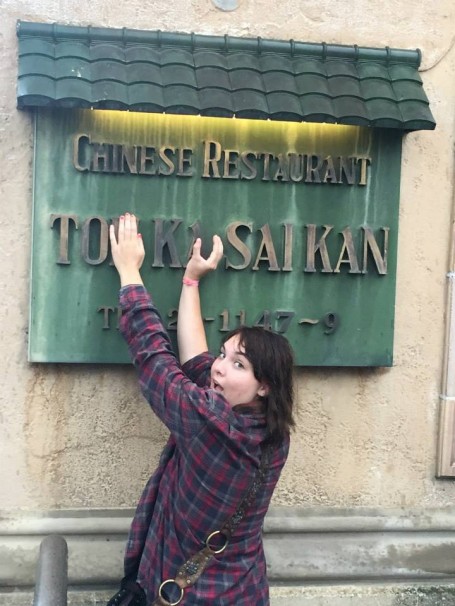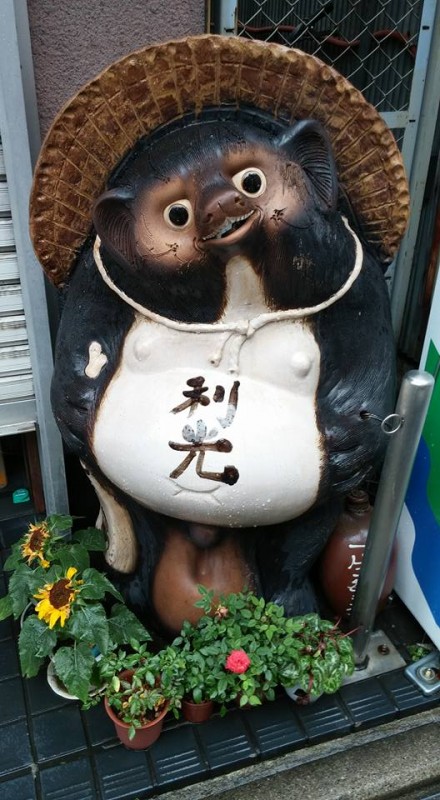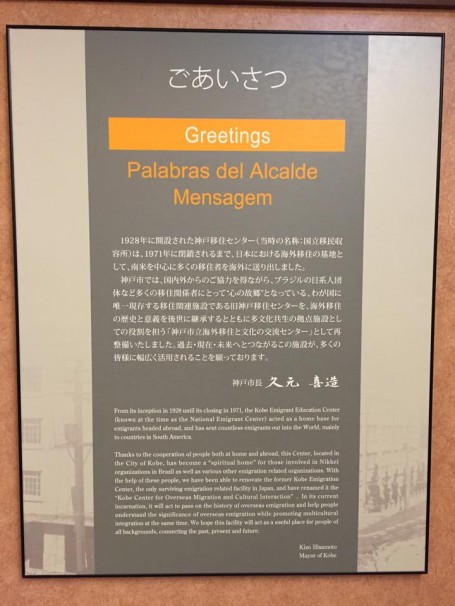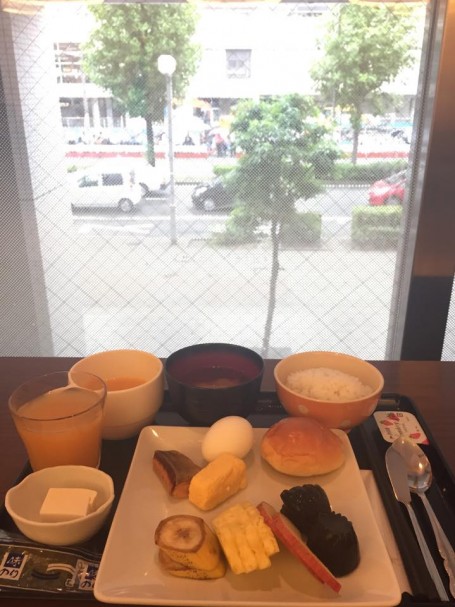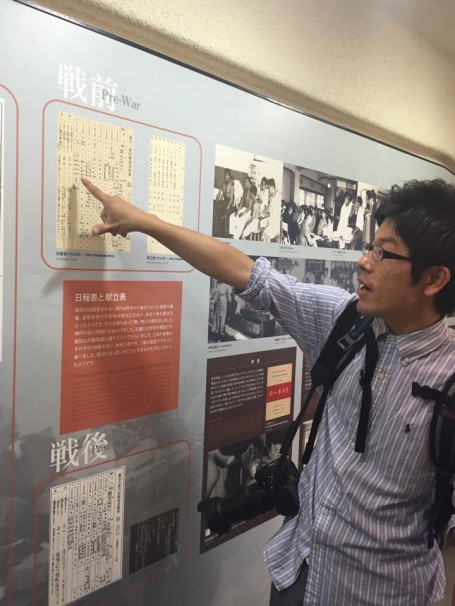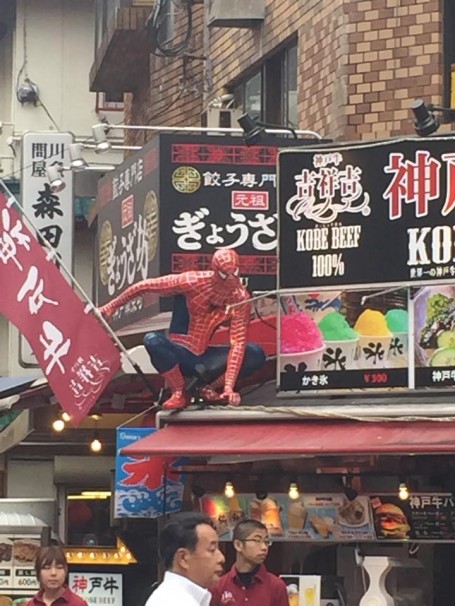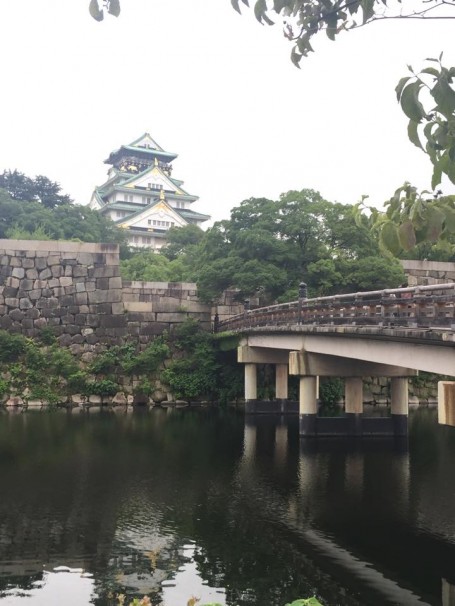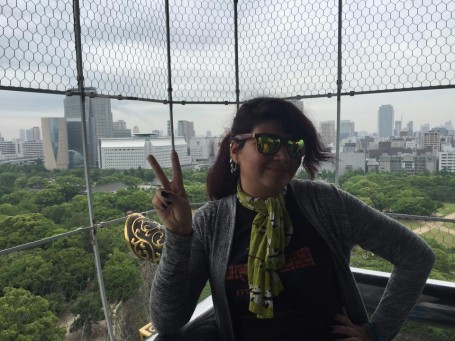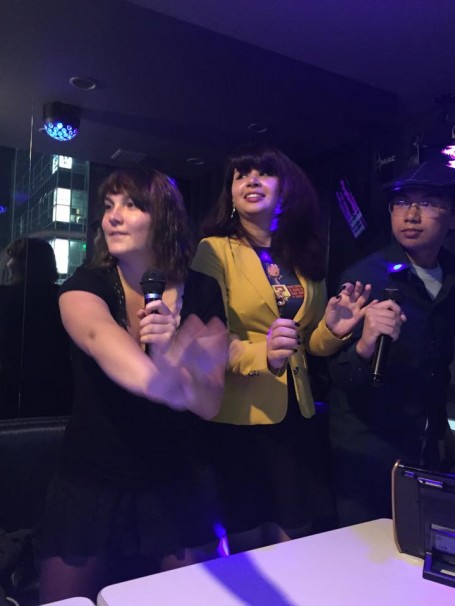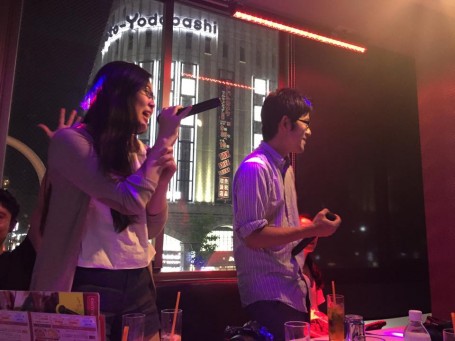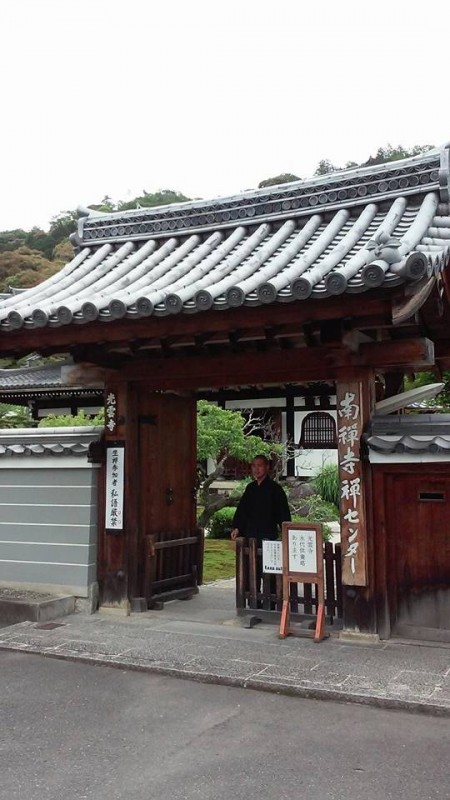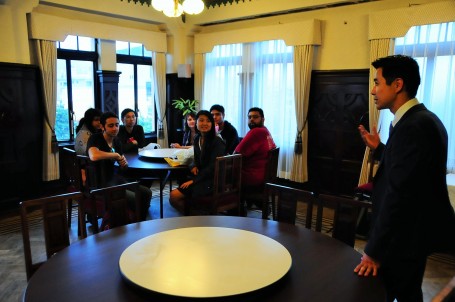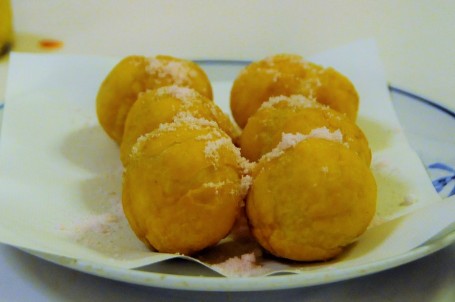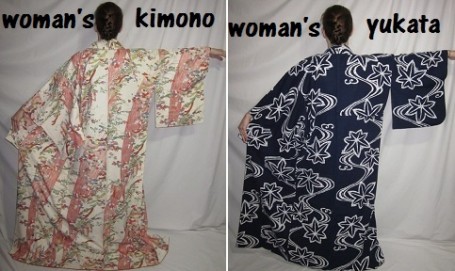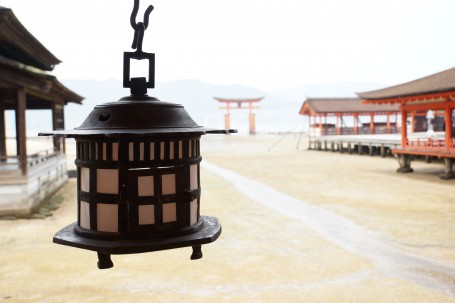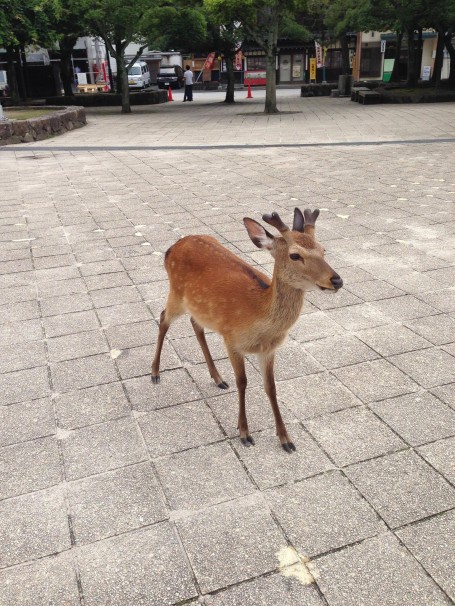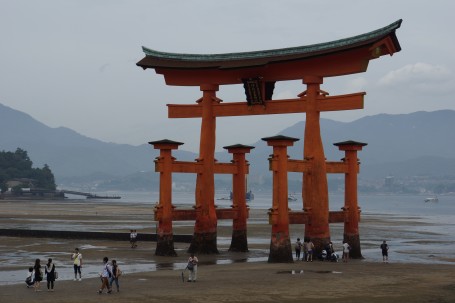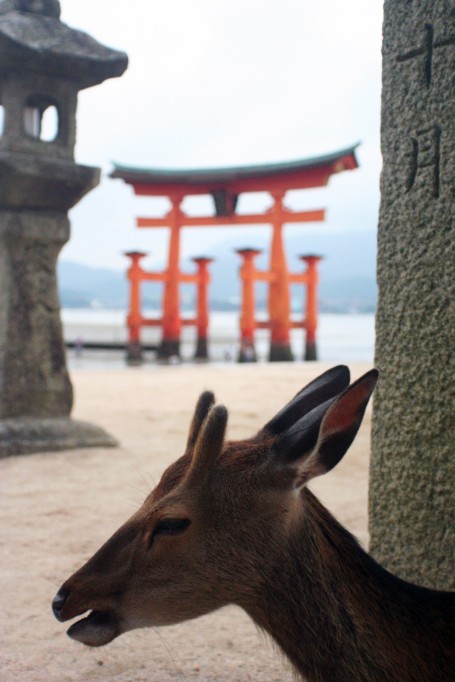By: Eric Parra
On the thirteenth day of our trip, we had a full schedule to visit Hiroshima and Miyajima island before heading back to Kyoto. Hiroshima was an amazing experience of tolerance, suffering, and regret. We learned stories of survivors from the atomic bomb, deaths and consequences, and the new-found hope it provided to those who visited. One of the biggest impacts the trip had on me was how much inspiration the Hiroshima Peace Memorial park aimed to give to the people who visited it. There were three main memorials to look at before we went into the peace park: the Hiroshima Atomic Bomb Preservation Dome that survived the atomic explosion and is still standing; the Peace Flame, which was a statue shaped like two hands holding up a small fire that has been burning since 1964 and is meant to burn until nuclear weapons are gone; and the Memorial Centograph that has the names of all of the victims written on an arch in a way that you could see the A-Bomb dome and the Peace Flame through it.
Inside the gift shop for the Hiroshima Peace Museum were a bunch of items to support and remember the stories from the wartime and atomic explosion. A specific anime was playing called Hadashi no Gen that was a graphic retelling of the event as it happened. I bought a comic book that was an English translation of one child’s reaction to his parents dying in the atomic explosion.
I remember asking a Japanese student on the trip about what anime and manga is like in perspective to children and adults, and he told me that anime and manga are for everyone. There are some stories for kids and then there are some stories for adults, but anyone can read anything without much of a label. The anime and comic book iterations of the atomic explosion in Hiroshima made me think about how this subject does not seem like it’s for children, but it is still a learning tool for anyone who is interested and can serve both adult and child alike if they want to know about the tragedy Hiroshima suffered.
Comic books in the U.S. are mostly for entertaining value, but comic books like this one served as both entertaining and educational. They did not censor the imagery of people melting when the radiation and destruction hit the people, nor did they try to soften the consequences it had on the people who suffered through the event. There are not many comic books at this level in the United States, but I believe that is because no one is willing to believe or put any worth to comic books as educational tools. It is a sign of unacceptance that I think is holding people back from learning and retaining information that should not be forgotten.
After that, we went for an Okonomiyaki lunch. It was very tasty.
For the rest of the day, we took a ferry to Miyajima island. It was an amazing trip and possibly one of the most rural areas that we were able to see of Japan. Almost nothing was written in English and deer were rampant everywhere. I spent the trip hiking the mountain areas and looking at the shops. It was amazing to me how much of an influence anime and specifically One Piece had. There were even the shops on this island with souvenirs you could only find there, like of the One Piece characters feeding deer.
If anything can be said about this day, it’s that there’s a lot to learn from our Japanese counterparts. No one enjoys losing important things or people, and suffering is a universal tragedy that is relatable. It’s best to remember our mistakes and the mistakes of others so that we don’t fall prey to them again.
And also that deer are very cute.

